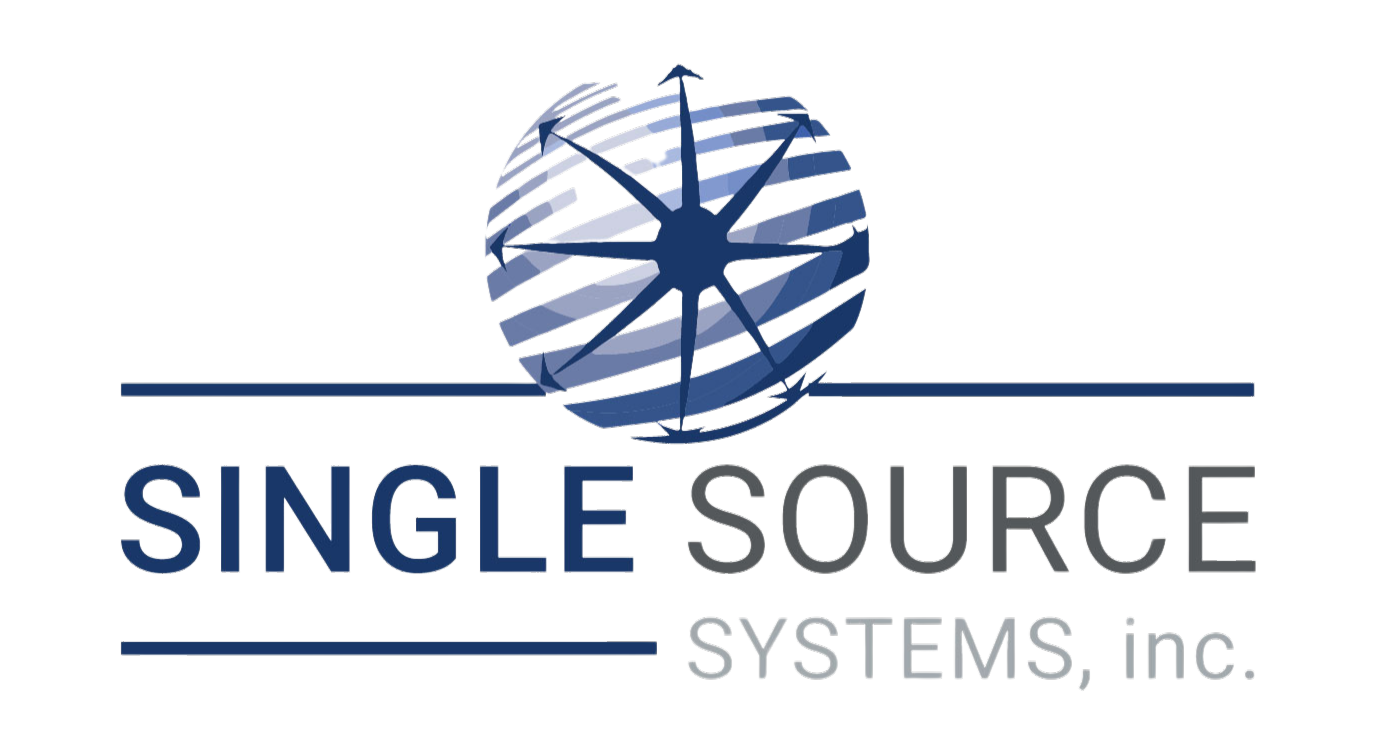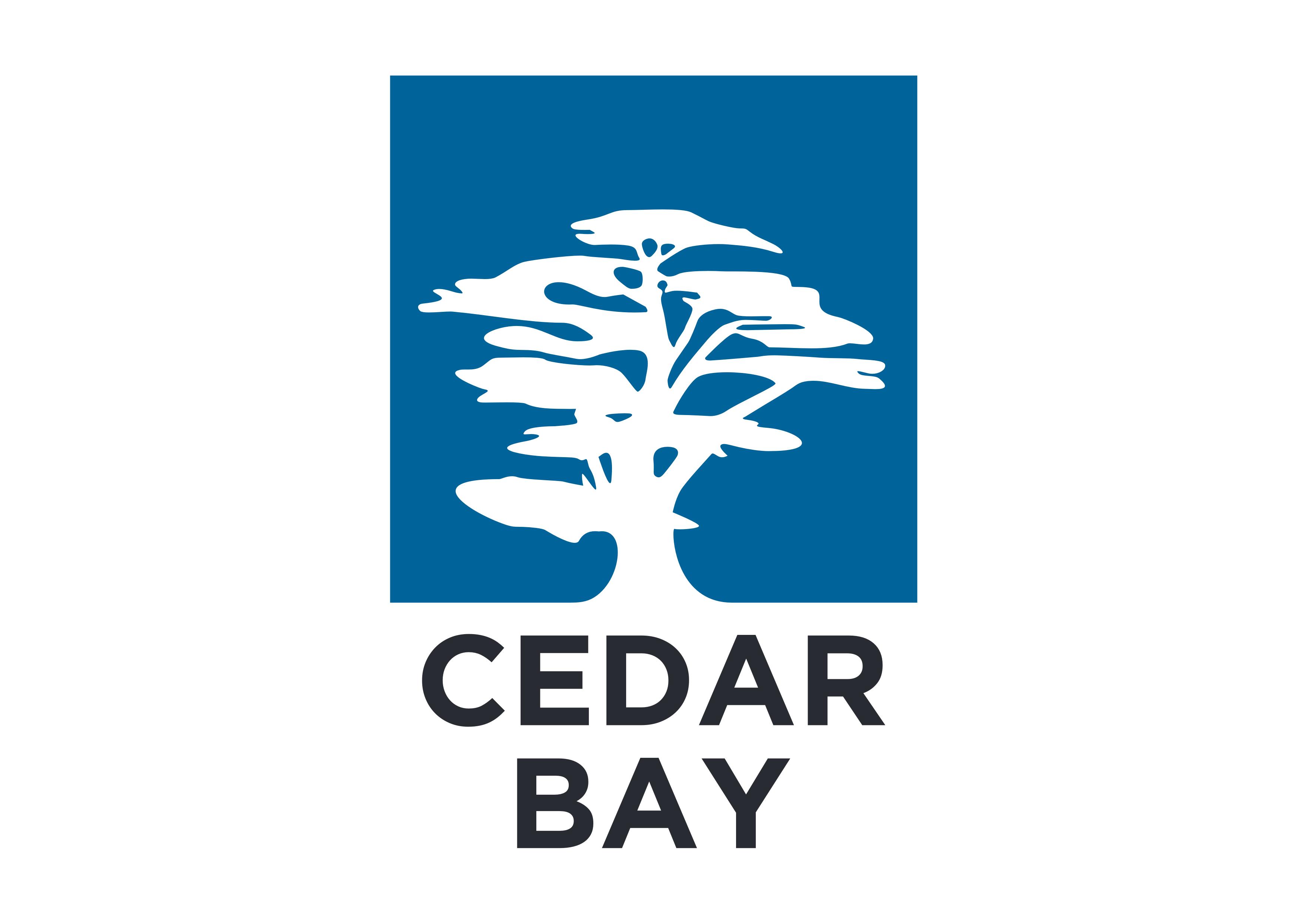What is Advanced Planning and Scheduling (APS)?
Advanced Planning and Scheduling (APS) is a set of tools/techniques that balance the demand and capacity using advanced algorithms. This balance enables manufacturers to create achievable production schedules.
It is difficult to manage multiple production lines, resource utilization, meeting production timelines, and controlling costs. APS system enables manufacturers to manage production planning and shop floor scheduling and optimize the production process. APS allows manufacturers to make informed decisions on resource allocation by continuously evaluating of resource availability, demand fluctuations, and potential constraints.
Key Components of Advanced Planning and Scheduling (APS)
- Demand Forecasting and Planning – All planning begins with demand forecasting. It predicts the future demand, sales projection, and market trends based on historical data. It enables manufacturers to forecast the production requirement and allows them to plan for the upcoming production activities. Planning helps ensures accurate production planning and minimize the risk of overstocking and material shortages.
- Resource Allocation and Capacity Planning – Capacity planning allows manufacturers to evaluate and manage machines, labor, material, and equipment production capabilities. It determines the capacity of available resources to produce the desired quantity in the expected time.
- Production Planning and Scheduling – The APS system provides manufacturers with a schedule to meet due dates. It considers various factors, production time, resource availability, and production constraints. This comprehensive planning and scheduling leads to minimizing lead times and bottleneck and maximized production through put.
- Material Requirements Planning (MRP) – Manufacturers also need to ensure the material availability to carry out smooth production. Material Requirements Planning (MRP) enables manufacturers to ensure that the right materials are available at the right time and at the right place in the required quantity to meet the customer and market demand. An APS integrated with MRP, enables coordination of material flow and production schedule, preventing delays caused by material shortages.
Advanced Planning and Scheduling Use Case Example in Manufacturing
Imagine a manufacturing plant producing custom metal parts for the automotive industry. The plant has multiple production lines, and production delay occurs due to limited machines, labor, and materials arriving at different times. Sometimes, machines are idle, there are material shortages, and machines are over scheduled. With an APS system, the user can create and optimize production schedules, taking all the factors into account. A robust APS system dynamically adjusts the schedule if a machine breaks down or there’s a delay in material delivery.
Using the APS system, the company can reduce machine downtime by aligning resources with actual production demands. If a new order arrives, the APS system will reschedule the jobs, prioritizing the new order without impacting deadlines for other customer orders. It enhances customer satisfaction, increases cost and production efficiency, overall productivity within the manufacturing unit.
MRP Vs. APS
Material Requirements Planning (MRP) and Advanced Planning and Scheduling (APS) systems both are critical to managing the production process. They both serve different purposes, enabling manufacturers to enhance their manufacturing process efficiently.
The MRP system plans production, considering raw materials’ availability to meet market demand. MRP system primarily focuses on inventory management and helps manufacturers avoid material shortages and overstocking. It does not take the capacity of machines and labor availability into account.
APS system handles the complexities of changing priorities and resource constraints. APS uses advanced algorithms to generate dynamic schedules, making it ideal for industries with high variability and intricate production processes. APS efficiently aligns all the resources like machines, labor, and materials. An APS system combined with MRP system provides a comprehensive solution for manufacturers optimizing the entire production process.
Advantages of Implementing Advanced Planning and Scheduling (APS) System
Advantages of the APS system include:
- Optimal Resource Utilization –The APS system ensures that machines, labor, equipment, and materials are used efficiently, maximizing productivity across the production floor. It leads to more efficient workflows that help manufacturers align their schedules with machine capacity and resources.
- Reduced Lead Times – The APS system manages production schedules based on real-time data and demand forecasting, enabling manufacturers to respond faster to market demands.
- Greater Agility and Responsiveness – The APS system enables manufacturers to meet unexpected market demands by adjusting the production schedules quickly.
- On-Time Delivery – APS generates schedules with changing priorities. It allows manufacturers to meet the ever-changing market demand, ensuring timely deliveries.
- Cost Savings – By reducing inventory and resource wastage, the APS system contributes significantly to cost savings for manufacturers.
Key Challenges in Implementing APS System
Implementing the APS system has several benefits, but there are a few challenges that manufacturers need to overcome:
- APS relies on accurate real-time data to generate production schedules. Inaccurate data can lead to inefficient planning and scheduling.
- APS implementation may require changes to existing workflows, and manufacturers need to work with employees to ensure they adopt the new process.
- Implementing an APS system is complex and requires training, software, and maintenance investment. Manufacturers must ensure that the benefits outweigh the costs involved.
Conclusion
Advanced Planning and Scheduling (APS) systems offer manufacturers a vital edge. It enables manufacturers to handle complex production scheduling challenges with greater precision and efficiency. APS system is a tool to help manufacturers remain competitive in the fast-paced market.
Implementation of an APS system combined with Acumatica’s MRP system can help manufacturers better scale their operations. Access eWorkplace Apps’ Advanced Planning and Scheduling Powered by Siemens Opecenter within Acumatica ERP, manufacturers to optimize their entire production process and efficiently manage material planning and resource utilization.
Learn more about eWorkplace Apps solutions and services.






































